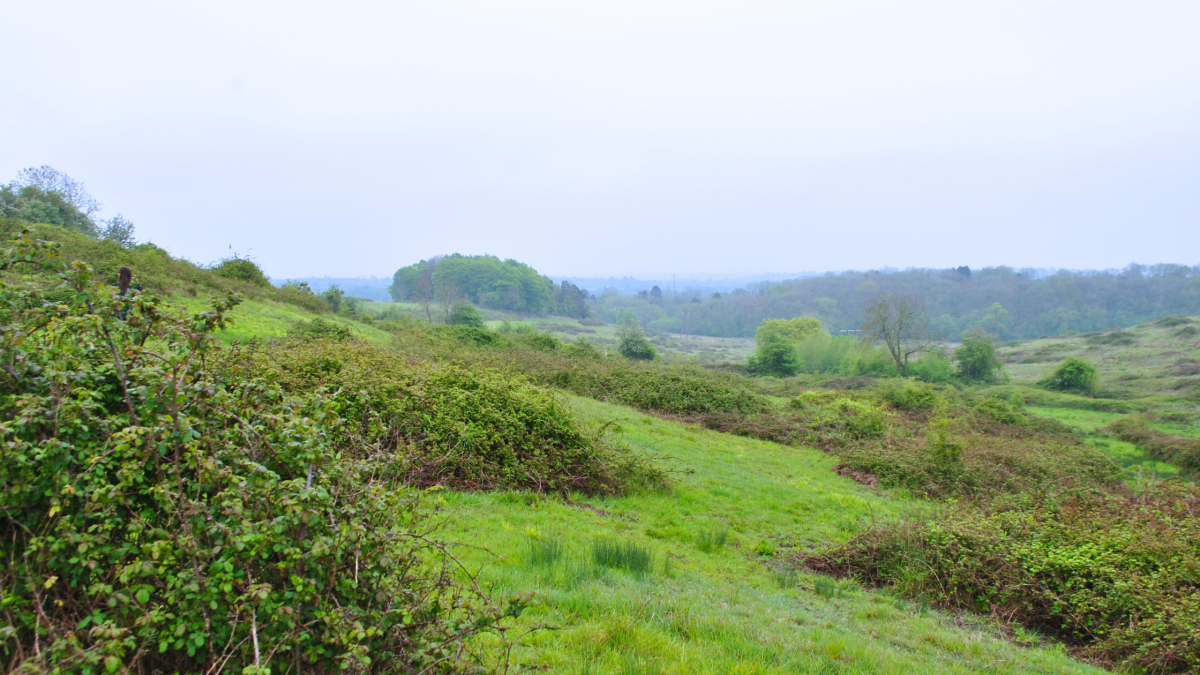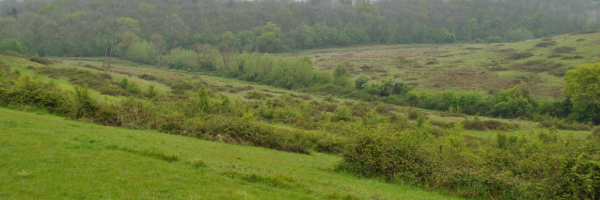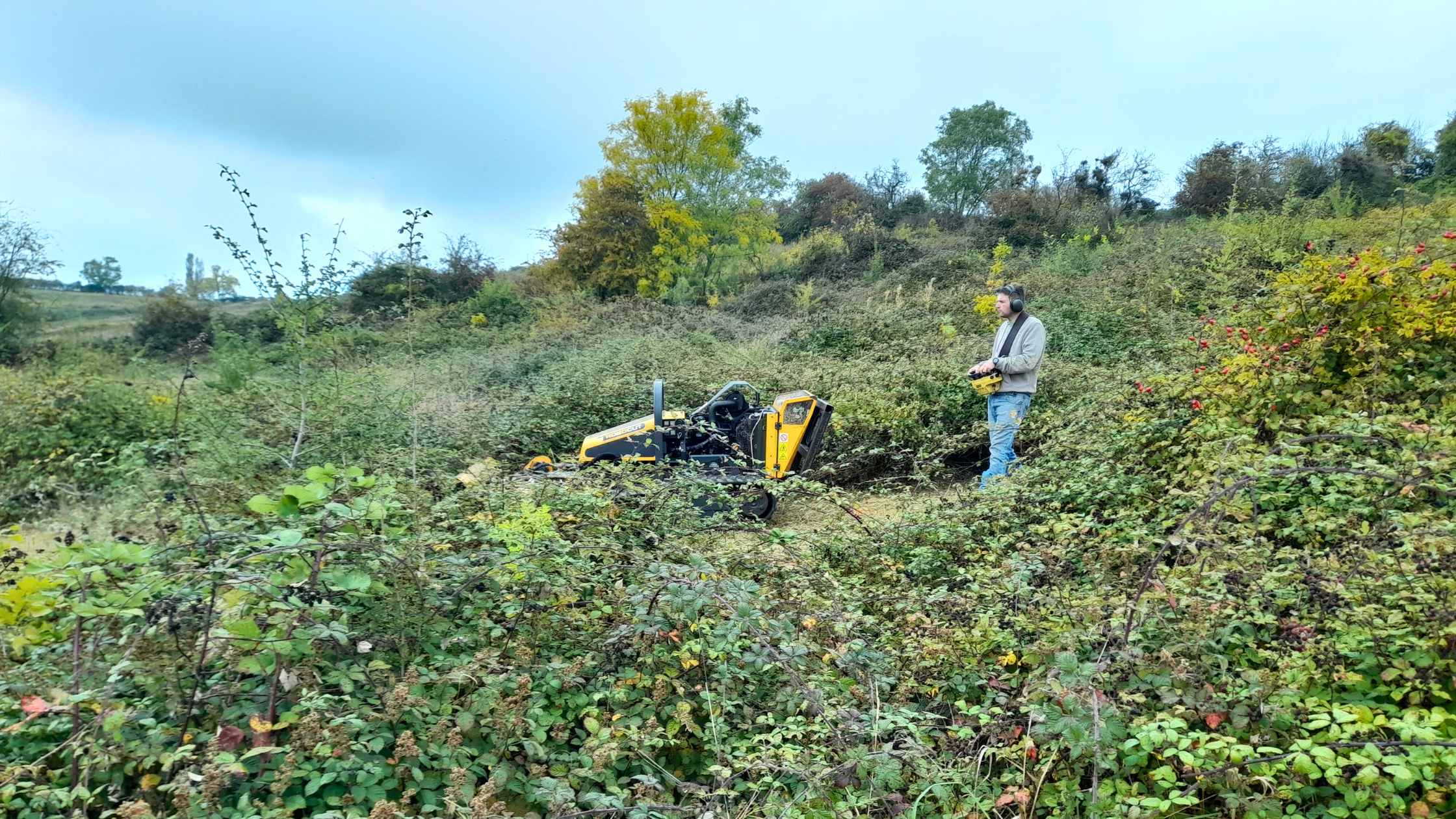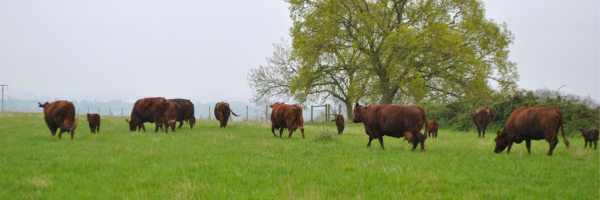
Grassland conservation aided by technology
An unlikely pairing of robots and cattle have been used to manage the grasslands of Sheriffs Lench. The grassland areas at Sheriffs Lench had been left largely untouched for many years before the charity came to acquire the land. As a result, a thick thatch developed which made it particularly difficult for wildflowers to grow, allowing just a select few species of tussocky grass to dominate and large thickets of bramble to develop.

This was a particular shame to see, as the grasslands here are calcareous and would normally support a wide array of different flowering plants, orchids, and all the invertebrate life associated with them.
In response to this, the biodiversity and forestry teams started to manage the grasslands a little differently to some of our other Forest grasslands. During the last few autumns, we enlisted the help of a ‘robo mower’ – imagine the tank version of your typical lawn mower.

This has been used to great effect to cut back some of the bramble and remove the thick thatch build up on some of the slopes around the site. The results to date have been very positive and we are already seeing an increased numbers of flowering plants, making for favourable conditions for returning species such as the grizzled skipper butterfly which is very fussy about what it needs.
Now the mower has stripped back some of the harsher habitat and allowed native species to breathe, we move on to our longer-term plans of a more natural approach to managing our grasslands using our successful conservation grazing techniques.

Earlier this year a herd of redpoll cattle was introduced to the site by a local farmer. Redpoll are a hardy and traditional variety of cattle which make great conservation grazers. The cows use their tongues to grasp and then rip large clumps of grass, which opens the soil gives wildflowers the room to germinate and grow. They’ve done a great job so far and have made short work of some of our more neglected areas. It will be fascinating to see what comes up this summer and in the following years.
The cattle will also carry a large variety of seeds in their stomach and will deposit these around the site in their dung, which will help the flowers spread. Their dung will also attract dung beetles, which are an often overlooked but vital component of any functioning ecosystem.
Sheep have also been used to graze some areas over the winter, and they have been able to graze some of our meadows right down, which again, gives any seeds in the soil space and room to germinate and we will start to see the meadows re-growing and flowering over the coming months. However, sheep are not suitable for every area and so having the cattle to compliment them will enable us to begin the process of properly restoring the grasslands across Sheriffs Lench, and hopefully, in other areas of the forest in the future.
Interested in conservation grazing?
Watch and learn more from Emma, our Biodiversity Officer (Grasslands), as she explains more about conservation grazing:



